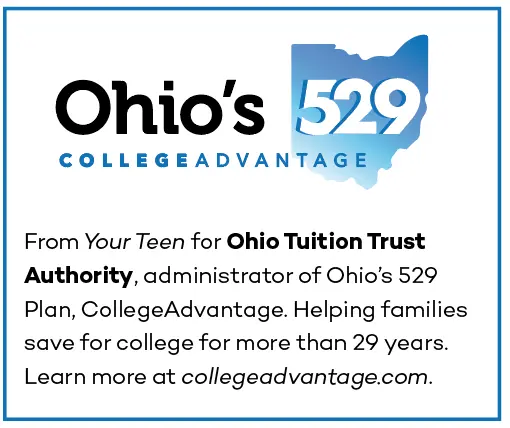For families seeking to fund a bachelor’s degree without breaking the bank, here’s an increasingly popular strategy: Encourage your student to earn an associate degree at your local community college and then transfer to a four-year institution to complete their bachelor’s degree.


“Really, this approach makes all the sense in the world, especially for families that are concerned with affordability,” notes Tim Gorrell, executive director of the Ohio Tuition Trust Authority, which manages Ohio’s 529 Plan. 529 plans offer families a tax-advantaged way to save for college.
Partnerships Make Transferring Easy
The good news: Two- and four-year institutions are working together to make it easier than ever for students to employ this strategy. In fact, most two-year colleges now have formal agreements with four-year institutions that allow students to easily transfer credits from community college to a new college.
For example, Cuyahoga Community College in Cleveland has partnerships with more than 30 four-year institutions, including Case Western Reserve University and University of Pittsburgh. Columbus State Community College has “preferred pathway” partnerships with nine Ohio-based institutions, including Otterbein University, Ohio University, and The Ohio State University. At Lorain County Community College, students can transfer to one of 15 institutions. Outside Ohio, UCLA is another example of a school that has community college partnerships.
3 Reasons Why This Path Makes Good Sense:
1. Transfer partnerships simplify the process.
Transfer partnerships outline the classes a student must take to ensure a seamless transition to a four-year institution.
[adrotate banner=”92″]
“These classes meet the requirements of their associate degree and also meet elective or major credits for their four-year degree,” explains Dr. Lisa Phillips, dual admission program coordinator at Columbus State.
Some programs are specific to a partner institution, explains Phillips. For example, Columbus State offers a dual-enrollment program with Otterbein University. Students in the program who maintain at least a 2.75 GPA can automatically transition to Otterbein for their final two years of college.
The program also strives to integrate students into life at Otterbein while they’re still at Columbus State. “They have a chance to connect with the campus community at sporting events, at arts events, or by using the library,” notes Phillips.
Tip: Explore the transfer programs offered by your local community college on their website.
2. Today’s community colleges are vibrant academic communities.
If you think of community college as a “less-than” route for your student, think again. Community colleges are vibrant places—and not just for academics.
“We have student life, we have academic honors, we have students who do undergraduate research here—we have the college experience here,” says Dr. Desiree Polk-Bland, executive dean for advising and student support at Columbus State.
3. An associate degree can be the perfect way to ease into college.
It’s not just the savings that can make earning an associate degree at a community college a win-win for students.
The fact is that some students are just not ready for a four-year college. Earning an associate degree can allow these students more time to get comfortable with the idea of leaving home for college.
“One of the things we do here is build confidence,” adds Polk-Bland. “We have smaller class sizes, and we have a lot of support and wraparound services. So, we’re going to help with that transition.”

The growing popularity of these programs comes as no surprise to Gorrell. “It’s a result of families becoming better informed about the costs of college and being much more deliberate. And that’s a really good thing.”




